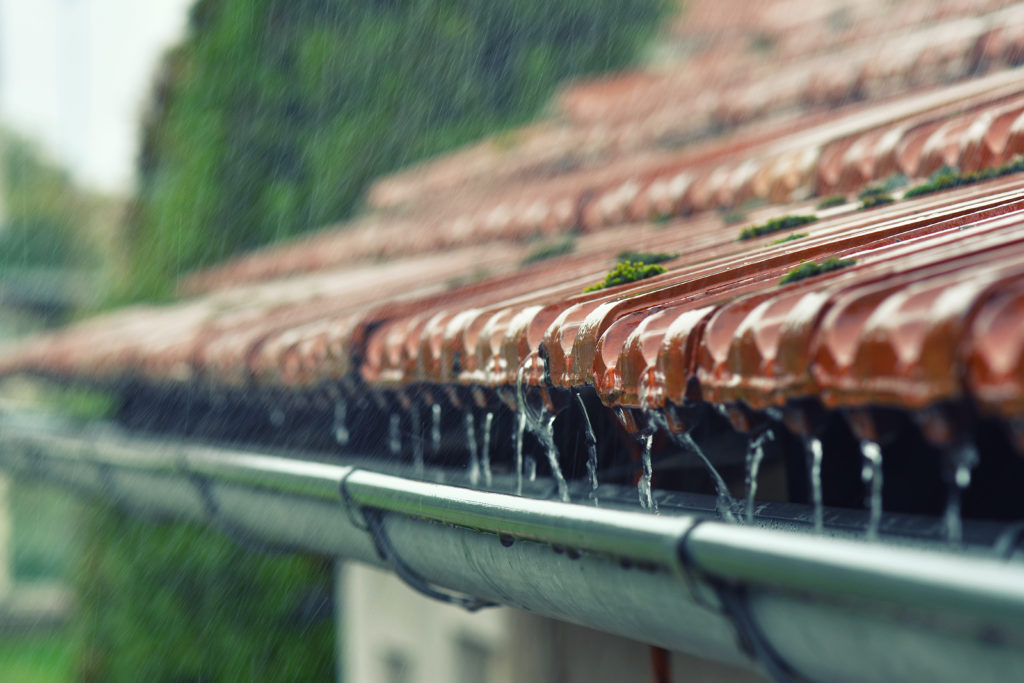Homeowners looking to invest in another property should consider an area’s weather conditions and climate before picking a roof. Weather can significantly affect how often your roof will need maintenance and repairs. Without considering the weather, you might purchase roofing material and choose a design unsuitable for your property, given its location and average climate, causing you to pay for maintenance and repairs than you could have purchased the right one.
To make choosing a roof based on climate easier, follow these three simple tips:
Analyze The Climate In Yourrea
Before choosing a roof for your property, it’s crucial to know your area’s weather conditions. Find out the average rainfall of the area as well as the wind speeds. The sunlight an area gets can also affect the roof, as some roofing materials can crack under intense heat.
By knowing the average weather conditions of an area, you will be able to get the proper roofing materials, which can save you so much money in the long run. Additionally, this will help lower maintenance and repair costs as you can maximize your options and get the most suitable roofing material for your home, considering the climate.
Aside from analyzing the climate in your area, you can also consider consulting professional roofers Lakewood Ranch for expert roofing advice and quality roof installation and repair. These professionals know which roofing materials and style will be most suitable for your home, considering various factors, including your area’s average climate.

Choose The Right Roofing Material
Once you have studied the weather conditions of an area, you can now look at the roofing materials available and determine which is the most suitable one for you. For one, areas with warmer climates can benefit from roofing materials such as terra cotta tiles, which have become quite popular, concrete, and slab. These roofing materials reflect most of the heat, making your home cooler. Terra cotta tiles are made from clay and have weather-resistant properties. This roofing material can also withstand extreme weather temperatures. And just like terra cotta tiles, concrete can also withstand extreme weather conditions but is far more affordable.
If your property is located in a warm, dry, and humid area, especially near an open body of water like a lake, river, or ocean, you need to know that saltwater may corrode your home’s roof. A home situated in an area that experiences high levels of humidity can benefit from having a stone-coated steel roof.
Furthermore, in the event of a wildfire, sparks and other burning debris may be blown by the air, carried for a half-mile, and land on your roof. That said, homes situated in warm areas close to locations usually experiencing wildfires may opt for slate or concrete roofing options. This is because these material options are fire-resistant and will be able to protect your home during a wildfire.
For areas experiencing colder climates, fiberglass asphalt, slate, and metal may be some of the best roofing material options for your property. These materials can withstand cold temperatures and help keep your home warmer. Particularly, slate roofing materials have the added benefit of being very durable, making them great for places that experience heavy snow. They are also great for homes in windy weather conditions.
Pick The Right Roofing Color
The right roof color can affect how your roof protects you against the natural elements and how long the roof can last. Bright-colored roofs are great for locations with a warm climate and very sunny areas as they will be able to reflect most of the heat.
For properties situated in a location with a cold climate, having a darker-colored roof may be the best option. Darker colors may absorb more heat and help warm the higher levels of your home, saving you money on your energy bills. By choosing the right color, you regulate the temperatures in your home. Additionally, this can help melt ice and snow, letting it slide off the roof more easily, making it easier to maintain.
Conclusion
Choosing the proper roofing materials and style for your property is crucial. The materials you use for your roof will protect your home during intense weather conditions and aid in regulating temperatures within the house. When choosing a roof for your climate, follow the tips mentioned above, and you’ll more likely be able to get the best roofing option considering the climate. By doing so, you can save money on maintenance costs by getting the proper roofing materials for your home.






